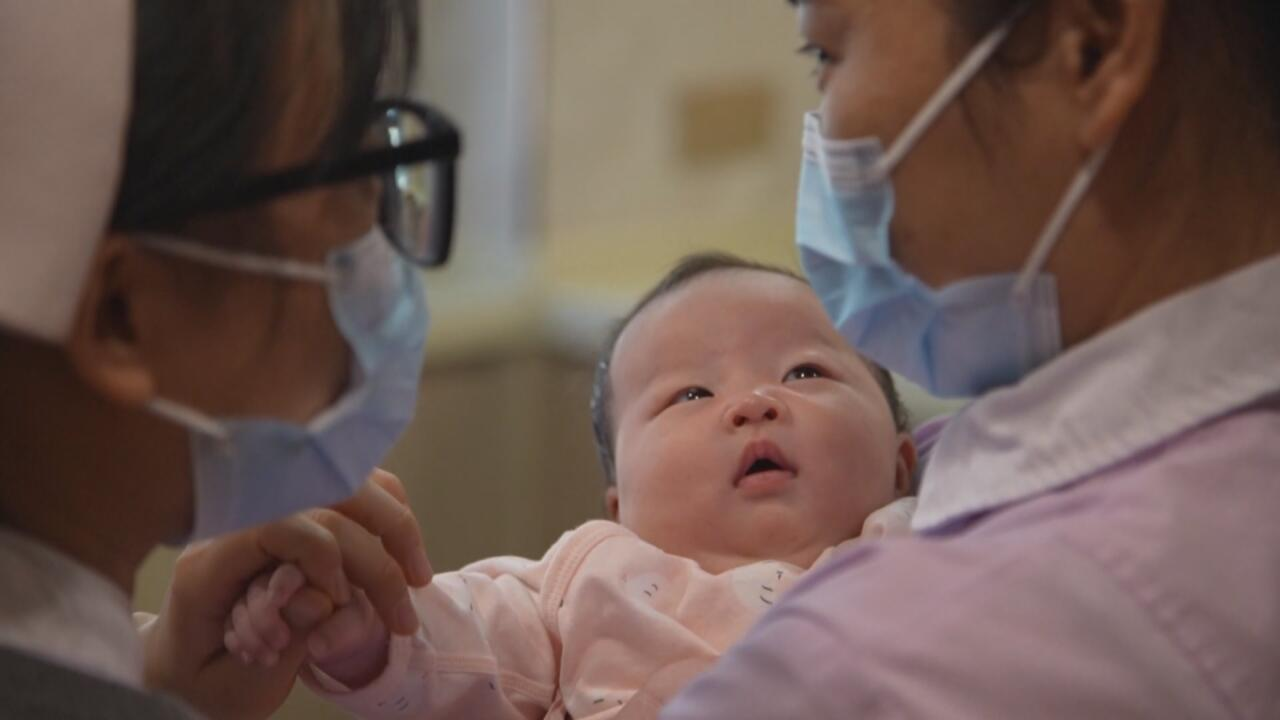China’s recent initiatives to increase birth rates have done little to address the underlying causes of the country’s declining birth rates, according to analysts. Despite lifting the one-child policy nearly a decade ago, birth rates remain at historic lows. In 2022, China recorded only 9.02 million births, a record low, and new marriage registrations fell by 25% year-on-year in the third quarter, setting a trajectory for the lowest figures since 1979.
China’s pro-natal policies thus far focus on easing family planning but have yet to spark the desired “birth spurt.” Lauren Johnston, associate professor at the University of Sydney, explains that these policies are designed more to “support families” rather than boost birth rates significantly. Some recent measures include extending maternity leave from 98 to 158 days and offering subsidies for families with children under age 3. However, Johnston points out that these policies mark “a small step in a long-run agenda.”
The influence of China’s former one-child policy still lingers, shaping young people’s attitudes toward family planning and limiting birth rates. Harry Murphy Cruise, economist at Moody’s Analytics, highlights a “mental hangover” from the policy that has reshaped family expectations. Combined with economic uncertainty and a slowed job market, many young adults feel hesitant to start families. China’s youth unemployment rate reached a record high of 18.8% in August, indicating the financial pressures that further dissuade young couples from having children.
China’s total fertility rate in 2022 stood at 1.2 births per woman, far below the U.S. rate of 1.7. Forecasts from the United Nations predict that by 2100, China could see its population halve, marking the steepest demographic decline globally. The nation’s share of world births is expected to decrease to 3% by 2100 from 8% in 2021, according to Austin Schumacher of the University of Washington. Even with innovations in pro-natal policies, Schumacher suggests such measures may not significantly reverse this trend.
Income stability and the affordability of raising children are major concerns. China’s economy has slowed in recent years, compounded by an ongoing real estate slump and regulatory crackdowns on various sectors that have weakened job growth for young workers. Economist Sheana Yue from Oxford Economics argues that meaningful measures to boost incomes and reduce household costs would significantly influence family planning decisions. Efforts by Chinese health authorities to encourage employers to support extended maternity leave are also underway, yet more comprehensive policies may be needed to inspire real confidence.
Urbanization adds another layer to the problem. About 65% of China’s population lives in cities, a notable increase from 19% in 1980. For many in China’s urban centers, long work hours and a high cost of living discourage marriage and childbearing, weakening the impact of any current incentives. Darren Tay, head of APAC country risk at BMI, notes that urban lifestyles and “hectic work schedules” often reduce the likelihood of starting families, even with incentives in place.
China’s approach to pro-natal policies has faced criticism for lack of meaningful incentives. For instance, there have been reports of local social workers calling women to inquire about their pregnancy status, potentially infringing on privacy. The government has also tasked local authorities with setting up public childcare centers and relaxing housing loan limits for larger families. Yet, as Tianchen Xu from the Economic Intelligence Unit points out, the success of these policies varies greatly, dependent on the financial capacity and commitment of each local authority.
Looking forward, Nomura economists predict that China may announce significant investments of up to 500 billion yuan ($70 billion) annually to encourage births during a parliamentary session in March. However, analysts argue that to reverse the trend, stronger, more direct financial incentives—especially subsidies and housing benefits—are essential. Without significant changes, China’s demographic crisis could deepen, impacting its future workforce and economic growth.















